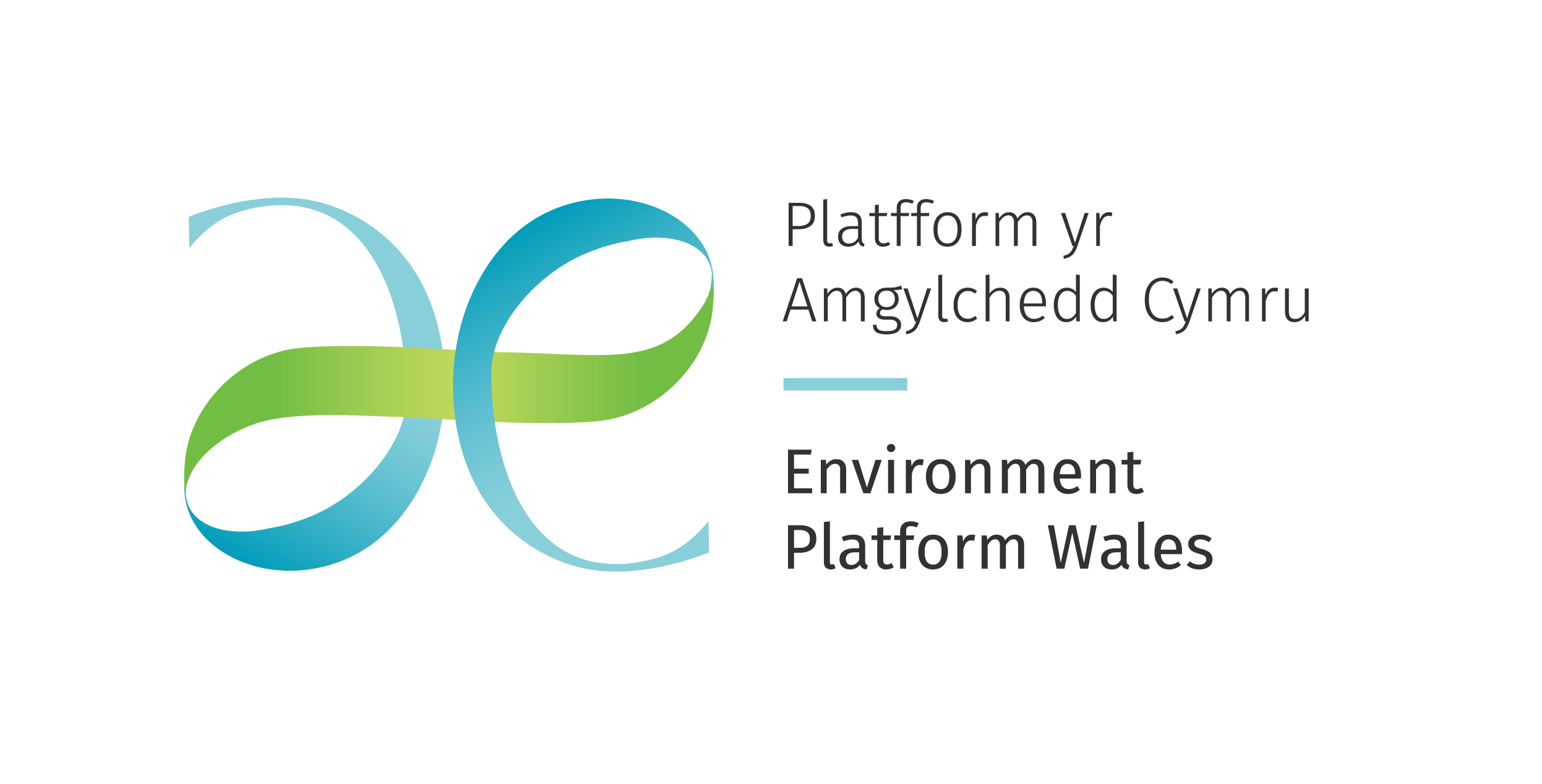
Os ydych chi’n ceisio cyflwyno pwnc traethawd hir sy’n cael effaith, gyda pherthnasedd uniongyrchol i lunwyr polisi amgylcheddol neu, yn syml yn chwilio am ysbrydoliaeth ar gyfer eich prosiect blwyddyn olaf, gallwch chwilio am syniadau isod.
Gallwch chwilio’r cwestiynau ymchwil sydd wedi’u cyflwyno’n uniongyrchol atom, neu bori casgliadau eraill o syniadau ymchwil gan sefydliadau partner fel Cyfoeth Naturiol Cymru a Hinsawdd Cymru. Rydym yn dal i ychwanegu allweddeiriau perthnasol at y data, felly rhowch gynnig ar derm chwilio gwahanol os nad oes dim yn codi neu cysylltwch â ni i gael cymorth wrth chwilio’r gronfa ddata.
Os dewch o hyd i gwestiwn perthnasol ac yn penderfynu mynd i’r afael ag ef trwy eich traethawd hir, byddem wrth ein bodd yn gwybod amdano. Llenwch y ffurflen sydd i’w chael yma.
[Enter keyword and press ‘search’ or the return key]
.
What is the impact of waste generated by the construction and demolition, household, industrial, and commercial sectors in Wales on greenhouse gases emmisions and ecological footprint outside Wales?
Summary of the Research Question / Evidence Need:
Keywords (discipline, other): Waste
Urban
Land use and soil
Website/URL links: https://naturalresources.wales/evidence-and-data/research-and-reports/state-of-natural-resources-report-sonarr-for-wales-2020/evidence-needs-table/?lang=en
Looking for collaborators: n/a External Partner: Y Organisation: Natural Resources Wales
Contact Details
Name: n/a n/a Email Address: Phone: NA
________________________________________________________________________________
What is the impact of waste generated by the industrial sector in Wales on greenhouse gas emmisions and ecological footprint within Wales?
Summary of the Research Question / Evidence Need:
Current waste data sources are limited in terms of providing comprehensive coverage across all waste producers on a regular basis. In addition, some data sources such as surveys, have limited accuracy owing to their voluntary nature and we do not have data on all waste managed in Wales for example because some activities are exempt from reporting to the regulator.
Keywords (discipline, other): Waste
Urban
Land use and soil
Website/URL links: https://naturalresources.wales/evidence-and-data/research-and-reports/state-of-natural-resources-report-sonarr-for-wales-2020/evidence-needs-table/?lang=en
Looking for collaborators: n/a External Partner: Y Organisation: Natural Resources Wales
Contact Details
Name: n/a n/a Email Address: Phone: NA
________________________________________________________________________________
What is the impact of wave and tidal renewable energy devices on mobile species behaviour and what is the risk of collision?
Summary of the Research Question / Evidence Need:
Important evidence to balance priorities for provisioning ecosystem services through renewable energy resources with maintaining and enhancing biodiversity, specifically mobile species. To inform our advice to developers.
Keywords (discipline, other): Marine
Energy
Ecosystem resilience
Biodiversity
Climate change
Website/URL links: https://naturalresources.wales/evidence-and-data/research-and-reports/state-of-natural-resources-report-sonarr-for-wales-2020/evidence-needs-table/?lang=en
Looking for collaborators: n/a External Partner: Y Organisation: Natural Resources Wales
Contact Details
Name: n/a n/a Email Address: Phone: NA
________________________________________________________________________________
What is the importance of varied root depths and the role of deep rooted perennials on carbon storage and sequestration in semi-natural grassland?
Summary of the Research Question / Evidence Need:
Semi-natural grasslands support a greate range of species with a much greater range of root depths than improved, intenively managed grasslands. Deep rooting species (some go to >2m) have a role in carbon storage at depth, but more research is needed.
Keywords (discipline, other): Semi-natural grassland
Land use and soil
Climate change
Website/URL links: https://naturalresources.wales/evidence-and-data/research-and-reports/state-of-natural-resources-report-sonarr-for-wales-2020/evidence-needs-table/?lang=en
Looking for collaborators: n/a External Partner: Y Organisation: Natural Resources Wales
Contact Details
Name: n/a n/a Email Address: Phone: NA
________________________________________________________________________________
What is the likely efficacy of noise abatement measures in the hydrographical conditions in Welsh waters?
Summary of the Research Question / Evidence Need:
Important evidence to balance priorities for provisioning ecosystem services through renewable energy resources with maintaining and enhancing biodiversity, specifically mobile species. To inform our advice to developers.
Keywords (discipline, other): Marine
Energy
Ecosystem resilience
Biodiversity
Climate change
Website/URL links: https://naturalresources.wales/evidence-and-data/research-and-reports/state-of-natural-resources-report-sonarr-for-wales-2020/evidence-needs-table/?lang=en
Looking for collaborators: n/a External Partner: Y Organisation: Natural Resources Wales
Contact Details
Name: n/a n/a Email Address: Phone: NA
________________________________________________________________________________
What is the likely impact of Agarophyton vermiculophyllum (Gracilaria) on Welsh habitats and what is its likely spread in Wales?,
Summary of the Research Question / Evidence Need:
For more, and updated information, please visit https://naturalresources.wales/evidence-and-data/research-and-reports/marine-biodiversity-collaborative-research-priorities/?lang=en
Keywords (discipline, other): Impact of Agarophyton vermiculophyllum (Gracilaria) on Welsh habitats,”Agarophyton vermiculophyllum, Invasive species, Welsh habitats, Marine pollution”,
Website/URL links: https://naturalresources.wales/evidence-and-data/research-and-reports/marine-biodiversity-collaborative-research-priorities/?lang=en
Looking for collaborators: Yes External Partner: Yes Organisation: Natural Resources Wales
Contact Details
Name: Email Address: marinecoastalevidence@naturalresourceswales.gov.uk Phone: NA
________________________________________________________________________________
What is the long term and combined impact of chemical contaminants on ecological status of lagoon water bodies and estuarine water bodies associated with saltmarsh?
Summary of the Research Question / Evidence Need:
Inform condition and pressure from poor water quality.
Keywords (discipline, other): Coastal margins
Marine
Ecosystem resilience
Biodiversity
Website/URL links: https://naturalresources.wales/evidence-and-data/research-and-reports/state-of-natural-resources-report-sonarr-for-wales-2020/evidence-needs-table/?lang=en
Looking for collaborators: n/a External Partner: Y Organisation: Natural Resources Wales
Contact Details
Name: n/a n/a Email Address: Phone: NA
________________________________________________________________________________
What is the long term impact of chemical contaminants on saltmarsh ecology including the impacts on vegetation, marine fauna and terrestrial organisms supported by the marsh?
Summary of the Research Question / Evidence Need:
Inform condition and pressure from poor water quality.
Keywords (discipline, other): Coastal margins
Marine
Ecosystem resilience
Biodiversity
Website/URL links: https://naturalresources.wales/evidence-and-data/research-and-reports/state-of-natural-resources-report-sonarr-for-wales-2020/evidence-needs-table/?lang=en
Looking for collaborators: n/a External Partner: Y Organisation: Natural Resources Wales
Contact Details
Name: n/a n/a Email Address: Phone: NA
________________________________________________________________________________
What is the long term impact of mowing blanket bog on mountains, moorland, and heath ecosystem resilience?
Summary of the Research Question / Evidence Need:
Drainage of blanket bog often led to an increase in ericoid, for example heather, cover/height and a decline in typical blanket bog breeding bird species for example curlew, golden plover, dunlin. Despite restoration of hydrology, ericoids continue to dominate while the bogs recover and mowing is advocated to control it, with potential to conflict with natural bog development. We need to assess the impact of mowing, which is not traditional in this habitat, on the long-term prospect for recovery.
Keywords (discipline, other): Mountains, moorland, and heath
Ecosystem resilience
Website/URL links: https://naturalresources.wales/evidence-and-data/research-and-reports/state-of-natural-resources-report-sonarr-for-wales-2020/evidence-needs-table/?lang=en
Looking for collaborators: n/a External Partner: Y Organisation: Natural Resources Wales
Contact Details
Name: n/a n/a Email Address: Phone: NA
________________________________________________________________________________
What is the long term impact of mowing dwarf scrub heath on ecosystem resilience in mountains, moorland, and heath?
Summary of the Research Question / Evidence Need:
Dwarf shrub heath was often traditionally grazed and burnt, but with changes in grazing practice for example the loss of cattle and landowner reluctance to burn due to regulatory requirements, potential damage to wet heath and bog, and public perception, mowing is increasingly advocated to break up large swards and create firebreaks and access for stock. Lack of fire-induced Calluna germination coupled with mulching with unharvested material may change the nature of the vegetation. A review of current knowledge and possible experimental manipulation is required to enable appropriate advice to be provided.
Keywords (discipline, other): Mountains, moorland, and heath
Ecosystem resilience
Website/URL links: https://naturalresources.wales/evidence-and-data/research-and-reports/state-of-natural-resources-report-sonarr-for-wales-2020/evidence-needs-table/?lang=en
Looking for collaborators: n/a External Partner: Y Organisation: Natural Resources Wales
Contact Details
Name: n/a n/a Email Address: Phone: NA
________________________________________________________________________________




